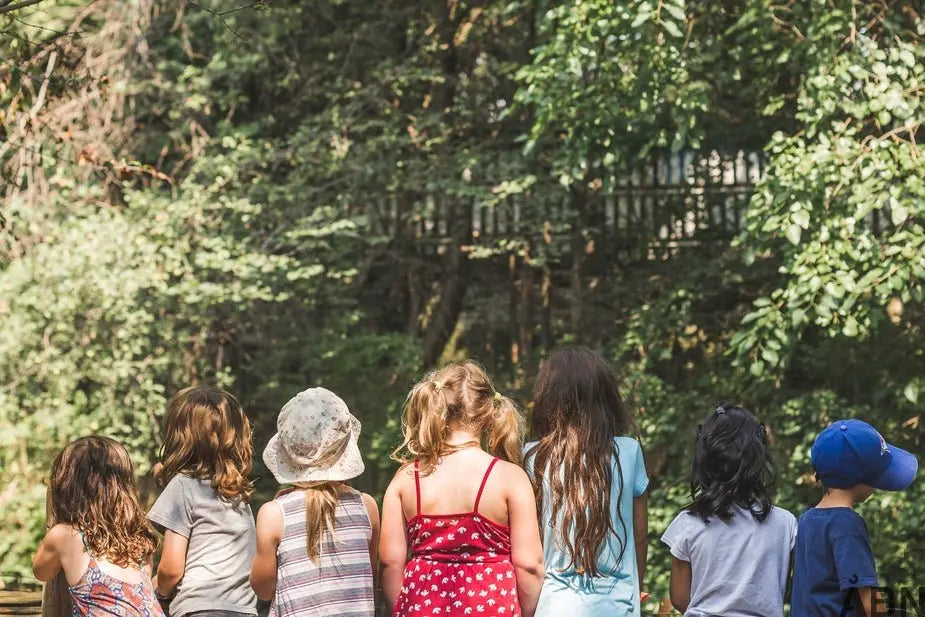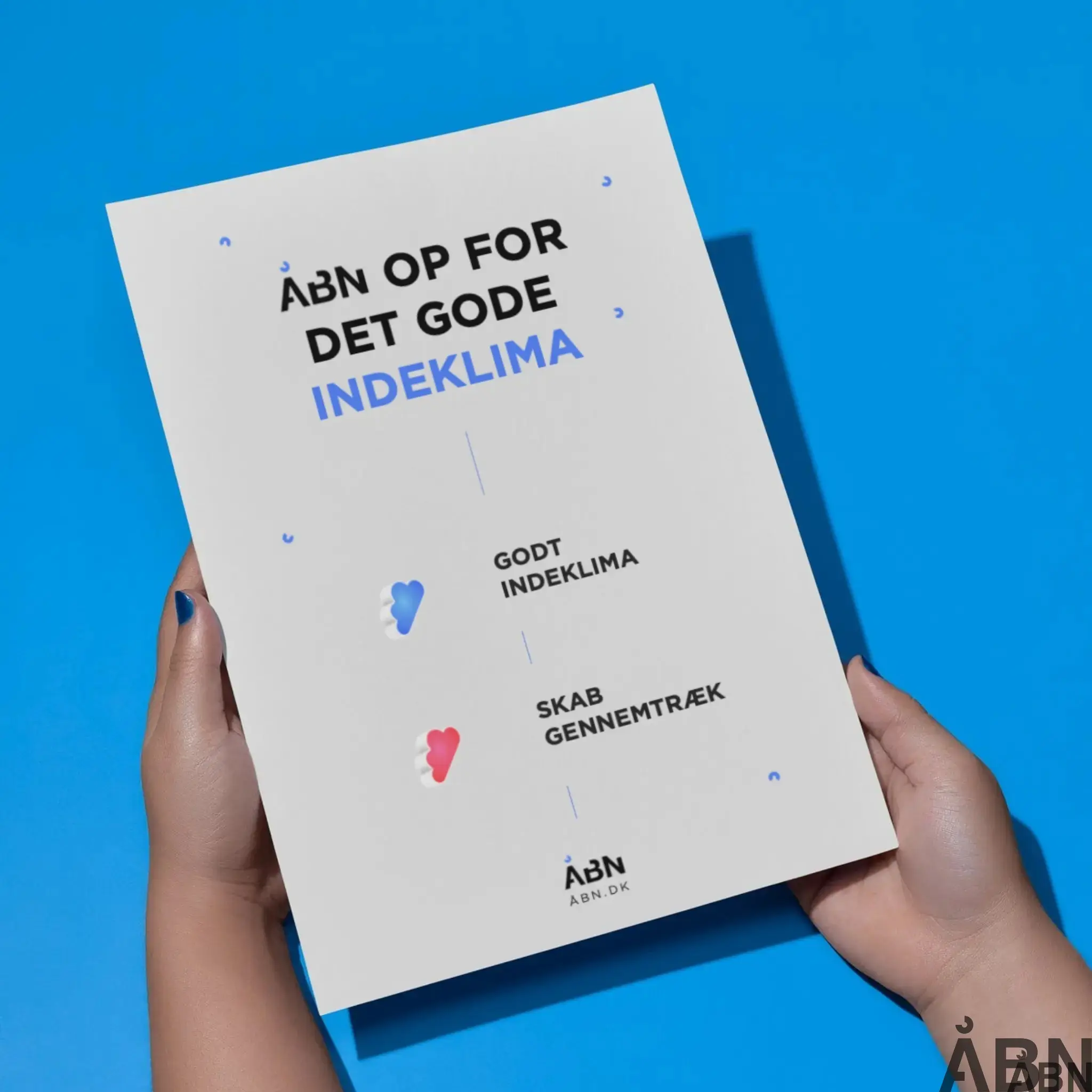Despite the authorities' five 'good advice', researchers are still left with the question of whether it is riskiest to gather many outside, or to gather a few inside.
Which elements are decisive, what is the risk of becoming infected, or infecting someone else with the coronavirus?
A team of researchers is trying to clarify this in a new study. Here, the researchers have drawn up a color-coded chart which maps when during the working day and at school the risk of infection is greatest.
... And we might as well say it right away - the indoor climate plays a decisive role in relation to the risk of infection.
Schedule with situations in the working day and at school with the greatest risk of infection
The following table has divided situations into several categories. Among other things, it has been mapped that when many, shouting people have contact for a long time in a poorly ventilated room, this equates to a high risk of infection. A day-to-day life many are familiar with in the office, or in the classroom at school. The risk of infection, on the other hand, is lower when a few, quiet people are gathered outside for a short time.
Since there are no requirements for masks at workplaces or in schools, we show the form below if you are not wearing a mask.
The fields apply if red: highest risk, yellow: medium risk and green: lowest risk. Important to remember is that the green fields are not equal to zero, as they are simply relatively lower than the remaining colors.

A very clear reason for increased risk of infection
It is very clear that a poorly ventilated room always has a very negative impact on the risk of infection in the workplace or at school.
There is a very clear reason why the scheme is ranked in relation to the degree of ventilation in the room.
We humans secrete small microscopic droplets when we cough and sneeze - but also when we speak, shout or sing. Therefore, it is also being investigated right now whether the coronavirus is in fact airborne.
The reason why the poor indoor climate increases the risk of infection
The video below shows a simulation of the microdroplets, during a cough, and shows how long the droplets and bacteria from a cough can hang in the air, in a poorly ventilated room.
Danish researchers and professors also believe that the Danish Health Authority has left out an important piece of advice for the Danes. A situation 'that is very problematic'. The Danes have not been advised to ventilate. Open the windows, supply fresh air to closed rooms - this reduces the risk of infection via the droplet particles. Read the entire post here.
Fighting to expand the five 'good tips'
At Open, we fight to give Danes easier access to fresh air in confined spaces and thus reduce the risk of infection - by making the indoor climate visual.
We have rethought the indoor climate from scratch and created a simple, intuitive, plug and play solution that everyone understands, THE CLOUD . All schools and offices' way to a healthy and prosperous working day, with a lower risk of infection.
The CLOUD lights up blue when the indoor climate in the room is good, and changes to red when the indoor climate is bad. The red light is a sign to open the windows and doors to get fresh air into the room. After sufficient venting, the CLOUD changes back to blue.
In Open, we will expand the authorities' five 'good advice' to include the sixth advice:
6) The Danes should ventilate more at workplaces and schools to reduce the risk of infection.









